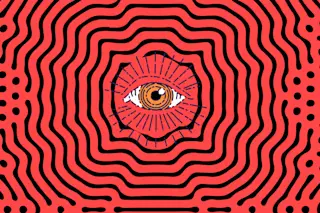If you’ve never seen a master lathe operator at work, I highly recommend it. Deft movements and practiced flourishes turn a block of spinning wood into a bedpost, top, bowl or some other circular object, each motion peeling away curls of wood to uncover the beauty hidden inside.
It’s hard to explain why the motions feel so right, but there is an undeniable allure to the work, as if it scratches an itch you didn’t know you had.
As it will, the internet discovered lathe turners — and pastry chefs, calligraphers, industrial machines, baristas and 3-D printers — and found it liked them. Grouped under the clickbait-friendly term “oddly satisfying” you’ll find video compilations—often attracting millions of views—of people and machines doing repetitive tasks with skill and precision.
There’s something inexplicable about their appeal, as the befuddled comments that accompany the videos attest. No one can articulate precisely why they ...














